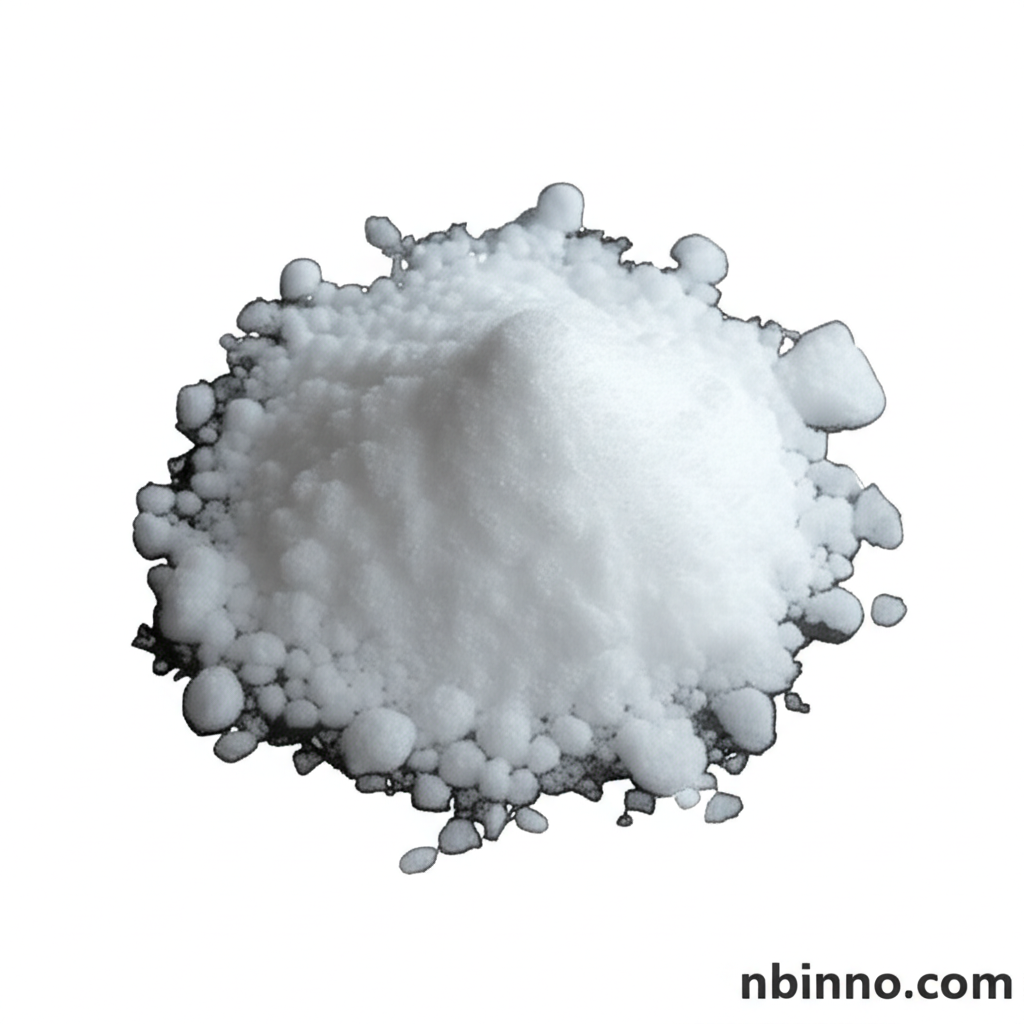3-Bromo-9-ethylcarbazole: A Key Intermediate for Advanced Organic Electronics and Pharmaceutical Synthesis
Explore the versatile applications and critical role of 3-Bromo-9-ethylcarbazole (CAS: 57102-97-3) in powering the next generation of optoelectronic devices and innovative pharmaceuticals.
Get a Quote & SampleProduct Core Value

3-Bromo-9-ethylcarbazole
As a leading supplier in China, we provide high-purity 3-Bromo-9-ethylcarbazole, a crucial chemical intermediate renowned for its exceptional thermal stability and photoluminescent properties. This compound is instrumental in the development of cutting-edge organic electronics, including organic light-emitting diodes (OLEDs) and organic photovoltaics (OPVs), where it enhances device efficiency and longevity. Its utility extends to pharmaceutical research as a vital building block for synthesizing complex organic molecules, demonstrating its versatility and importance in various scientific and industrial fields.
- Discover how 3-Bromo-9-ethylcarbazole enhances OLED efficiency, contributing to brighter and more vibrant displays in consumer electronics, a key aspect of organic electronics.
- Leverage this compound as a vital component in pharmaceutical research, enabling the creation of novel therapeutic agents.
- Explore the potential of 3-Bromo-9-ethylcarbazole in material science innovations, leading to polymers with improved thermal stability and electrical conductivity.
- Understand its application in photovoltaic cells, driving progress in renewable energy solutions through cost-effective production methods, a testament to its role in material science innovations.
Advantages Provided by the Product
Enhanced Device Performance
Benefit from the excellent thermal stability and photoluminescent properties of 3-Bromo-9-ethylcarbazole, directly contributing to the superior performance and longevity of organic electronic devices, a critical factor when considering OLED materials.
Versatile Chemical Synthesis
Utilize this compound as a versatile building block in chemical synthesis, allowing for further functionalization and the creation of more complex organic molecules essential for both pharmaceutical intermediates and advanced material development.
Purity and Reliability
Rely on our commitment to high purity standards for 3-Bromo-9-ethylcarbazole, ensuring consistent and dependable results in your research and development processes, crucial for high purity chemical intermediates.
Key Applications
Organic Electronics
3-Bromo-9-ethylcarbazole is a cornerstone in the advancement of organic electronics, powering innovations in OLEDs and OPVs. Its unique properties are vital for achieving high efficiency and color purity in displays and solar cells, aligning with key objectives in organic electronics.
Pharmaceutical Research
As a critical intermediate, this compound plays a significant role in the synthesis of various pharmaceuticals, offering researchers a versatile platform for developing compounds that target specific biological pathways, underscoring its importance in pharmaceutical intermediates.
Material Science
The chemical versatility of 3-Bromo-9-ethylcarbazole makes it a prime candidate for creating advanced materials, including polymers with enhanced thermal stability and electrical conductivity, driving innovation in material science.
Photovoltaic Cells
Its properties are being actively explored for use in organic solar cells, contributing to the development of efficient and cost-effective renewable energy solutions, a crucial area for advancing technology.
